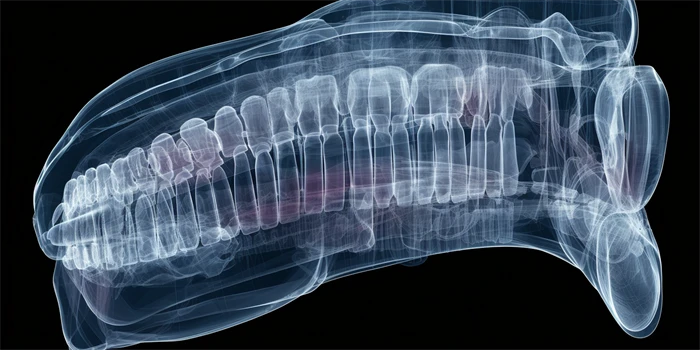When it comes to dental implant procedures, one important aspect is the removal of sutures. Sutures are the stitches used to close the incisions made during the implant surgery, aiding in the wound healing process. The timing of suture removal is crucial for optimum results and patient comfort. In this article, we will explore in detail when sutures can be safely removed in a dental implant procedure, considering various factors involved.

1. Healing Process Duration
The duration of the healing process plays a significant role in determining when sutures can be removed. Each individual's healing process may vary, but generally, sutures are removed after 7-14 days when the incision area has adequately healed. During this time, the sutures serve their purpose of holding the tissues together, allowing the site to heal properly.
However, it is important to note that the healing process can vary depending on several factors, including the patient's oral hygiene habits, overall health, and any complications encountered during the surgery. Consultation with a dental professional is crucial to assess the progress of healing and determine the appropriate time for suture removal.
Moreover, the type of sutures used can also influence the healing process duration. Non-absorbable sutures require a manual removal procedure, while absorbable sutures naturally dissolve over time, eliminating the need for their extraction.
2. Osseointegration Completion
Osseointegration refers to the process where the dental implant fuses with the jawbone, providing stability and strength. This integration is a crucial step for the implant's long-term success. The duration required for osseointegration to be complete varies among individuals but typically ranges from 3-6 months.
It is important to wait until osseointegration is complete before considering suture removal. Premature suture removal can disrupt the healing process and jeopardize the stability of the implant. Thus, it is essential to consult with a dental professional who can evaluate the progress of osseointegration and determine the appropriate timing for suture removal.
3. Post-Surgery Check-ups
Regular post-surgery check-ups with the dental professional are vital to monitor the healing process and determine if sutures can be safely removed. These check-ups allow the dentist to assess the implant site, evaluate tissue health, and identify any potential complications.
Typically, these check-ups are scheduled at specific intervals, such as 1 week, 1 month, and 3 months after surgery. During these visits, the dentist examines the area, takes necessary X-rays, and evaluates the patient's overall healing progress. Based on these assessments, the dentist can advise on the appropriate time for suture removal.
4. Patient Comfort and Risk Factors
Patient comfort is a crucial aspect to consider when determining when sutures can be safely removed. Suture removal should be performed at a stage where the patient can tolerate the process without excessive pain or discomfort.
Additionally, certain risk factors can influence the timing of suture removal. For example, patients with compromised oral health, such as gum disease, may require a longer healing period before sutures can be removed. Other risk factors, such as smoking or certain medical conditions, may also impact the healing process and necessitate a longer duration before suture removal.
Frequently Asked Questions
Q: How much does a dental implant procedure cost?
A: The cost of a dental implant procedure can vary depending on multiple factors, including the number of implants needed, any additional procedures required, and the geographic location of the dental office. On average, a single dental implant can cost between $3,000 and $4,500, but prices may range from $1,500 to $6,000 or more.
Q: Does suture removal hurt?
A: Suture removal is typically a quick and painless procedure. The dentist or oral surgeon uses specialized tools to gently lift and cut the sutures in a controlled manner. Most patients only experience minimal discomfort, if any, during the process.
Q: Can I remove the sutures myself?
A: It is highly recommended not to remove sutures by yourself. Suture removal requires precision and sterile instruments to minimize the risk of infection or complications. It is best to consult with a dental professional who can safely perform the suture removal procedure.
References:
- Papathanasiou E, Finkelman M."Complications in Implant Dentistry" - National Center for Biotechnology Information
- American Academy of Implant Dentistry - Types of Dental Implants
- American Academy of Periodontology - Dental Implants



